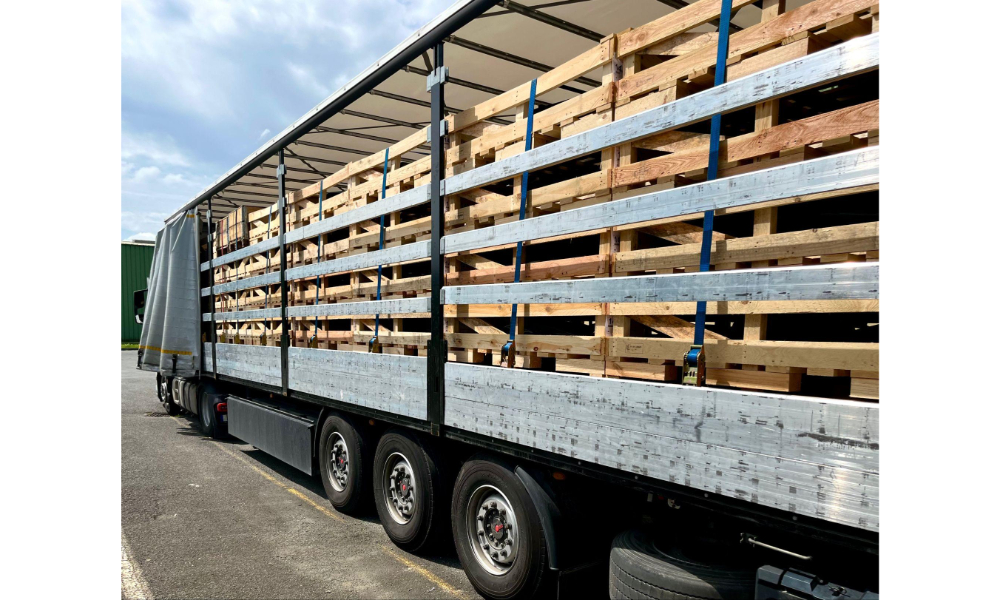Precision makes all the difference in manufacturing. When production lines rely on accurate dispensing and metering, even the smallest variation can affect quality or output. That’s where Hibar systems enter the picture, offering consistency for industries that depend on exact dosing. Let’s explore the key points to understand before working with this technology, especially if you’re considering integrating it into your processes.
Understand the Core Function of Hibar Systems
Hibar systems are built around controlled fluid dispensing. They are designed to handle minute quantities of liquids or viscous materials with exceptional precision. This makes them a trusted choice in sectors such as pharmaceuticals, battery manufacturing, cosmetics, and even food packaging.
Before incorporating one into your setup, it’s useful to know that these systems operate using a servo-driven mechanism that regulates fluid movement through the metering chamber. Every drop is accounted for, making the system highly dependable for repeatable production runs.
If your facility struggles with inconsistent fill levels or wastage, understanding how the systems manage flow control could be a turning point in your operational efficiency.
Recognise the Role of Hibar Pumps in Different Applications
While the system framework ensures coordination, the real action happens through Hibar pumps. These pumps, the working core that delivers precise quantities per cycle, are tailored for both high-volume and micro-dispensing environments.
One important consideration before investing is the nature of your product. For instance, if your production involves viscous materials or chemically reactive substances, the pump design and material selection must align with your process. Durability and contamination protection can be achieved using stainless steel or specific coatings.
A well-matched Hibar pump improves output and reduces downtime by maintaining smooth fluid transitions. Think of it as the muscle of the dispensing operation, driving consistency while minimising waste.
Get Familiar with Hibar Metering Pump Calibration
Before installation, proper calibration is essential. The Hibar metering pump functions on volume-based displacement, so its accuracy depends on fine-tuned stroke adjustments. This calibration defines how much fluid is dispensed per cycle and ensures every batch matches the intended specifications.
For manufacturers scaling up or changing product types, recalibration is a recurring step. A slight misalignment can lead to product deviations or inefficient use of materials. Learning to calibrate your Hibar metering pump effectively, or working with a supplier who provides technical support, can safeguard your process quality in the long run.
Calibration is an ongoing practice that determines whether your production line maintains its reliability over time.
Plan Maintenance and Integration from the Start
Even the most dependable system needs proper upkeep. Understanding maintenance intervals, compatible lubricants, and replacement part lifespans helps you prevent production disruptions. Many facilities underestimate this and end up with bottlenecks later on.
Integration is another key factor. Before adopting the systems, assess how it will connect with your existing automation controls. Compatibility with PLCs, motion systems, and data monitoring tools ensures smooth communication across equipment.
By aligning your maintenance planning and integration strategy early, you avoid hidden costs that arise from rushed retrofits or breakdowns.
Evaluate Long-Term Efficiency Gains
While upfront costs can seem significant, precision dispensing can lead to substantial savings over time. Reduced wastage, improved product uniformity, and lower rejection rates are practical benefits worth measuring.
Using Hibar pumps in the right setup allows for continuous, accurate filling cycles without the constant need for manual oversight. Similarly, a properly maintained Hibar metering pump contributes to overall process stability, making it easier to meet quality standards and scale production responsibly.
For facilities seeking to improve efficiency and consistency, understanding the operational design and maintenance of these systems is a smart place to begin.
Working with Hibar systems involves more than just installing a pump, it’s about understanding precision control from the inside out. Familiarity with how Hibar pumps and Hibar metering pump components work together ensures smoother integration and more consistent outcomes. By learning these essentials early, your operations can maintain precision, reduce waste, and achieve steady growth across production cycles.
Contact Unicontrols to learn how Hibar systems can fit seamlessly into your manufacturing setup and improve dispensing performance.




